1930s Candy: History & Things You Need To Know About
Have you ever wondered which candy was the most popular among people in the 1930s? Or have you thought about what activities people enjoyed while they were eating their favorite treats? If the answer is yes to these questions, then you’re at the right place because that’s what we’re about to review!
The candy industry started to bloom in the 1920s and continued in the next decade. Despite the struggles and challenges confectioners faced, they still managed to experiment with new formulas and ingredients during the 1930s.
Please leave a review or any memories of this snack in the comments at the bottom of this page. Thank you!
The Most Popular 1930s Candy Names
- Snickers Bar
- Chick O Stick
- 3 Musketeers
- 5th Avenue Candy Bar
- Heath Bar
- Tootsie Pops
- Zagnut
- Red Hots
- Payday Candy Bar
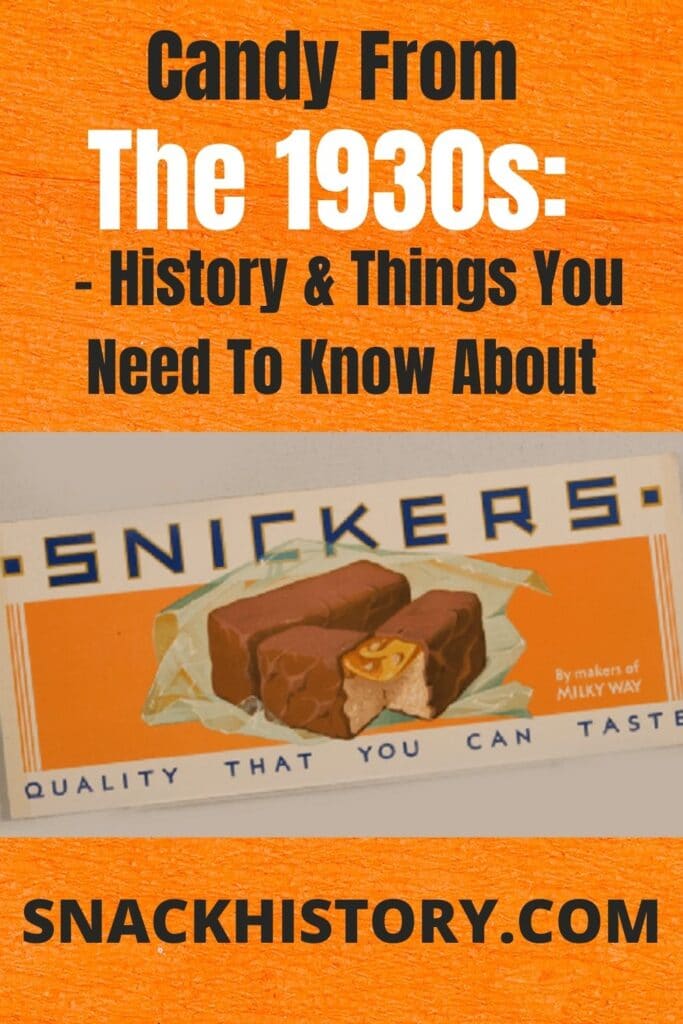
Candy from the Great Depression
After the 1920s golden era, the era of the 1930s was hit by the Great Depression. That was a period of severe economic hardship, during which many families struggled and bore the brunt of the burden. The Great Depression began at the beginning of the 1930s and continued up to the end of the decade. Throughout the difficult days, many people tried to divert their attention to something simple and relaxing, such as listening to the radio or going to the movies.
Eating candy was one of them. It was affordable, sweet, and an easy distraction to something positive. Among them were some popular candy from the 1930s such as Dubble Bubble Gum, Rolo, Krackel Bar, or Planters Peanut. The reason for their popularity was indeed their affordability. Many enthusiast confectioners started creating candy at their homes.
New manufacturers
To make some money during hard times, the Boyer Brothers started producing candy in their kitchen. With the help of their mother and sister, they introduced people to homemade nuts and chocolate raisin clusters. The Boyer family did the wrapping by hand at home and went door to door to sell their candy. After achieving great success, they started making chocolate-covered marshmallow cups. It was the first cup of candy ever to exist in America.
Candy from the 1930s – Love Creator, Movie Snack, or Meal Replacement?
The 1930s was the era of Bonnie and Clyde, who were criminal lovers. It is said that their story was love at first sight. When Clyde met Bonnie for the first time, she was making hot chocolate. Maybe with their love story connection to the sweet treats, they stole some of the famous candy in the 1930s from grocery stores.
Even though the Great Depression hit the economy and other sectors badly, the 1930s were a golden era for Hollywood. Many famous faces were introduced during these times. Because of the great popularity of movies, people tasted some of the most famous candy from the 1930s right at the movie theaters.
As people were eating their pain away with candy, sweet treats also had great importance during the Great Depression. They were often used as a meal replacement because they were cheap and affordable. A lot of 30s candy bars had peanuts and caramel in them; that’s why they were very rich in nutrition.
Even though the Great Depression was a time of economic struggles and difficulties, many candy factories continued to introduce new products and recipes to the public. Some had to cut down on flavors and amounts of production like 3 musketeer candy manufacturers had to take out strawberry and vanilla flavors from the candy bar. Sugar, milk, and chocolate were luxury ingredients, so candy companies found solutions in simple snacks. People adored these simple treats like Tootsie Pops, Candy Buttons, Nik l Nip. Sweets helped them to distract from bad, depressing thoughts.
The Most Popular 1930s Candy
During the 1930s, many candy manufacturers introduced new products. The most popular ingredients in candy bars by that time were peanuts and caramel. Some new types of sweets were also introduced, like Zagnuts or Red Hots.
1. Snickers Bar
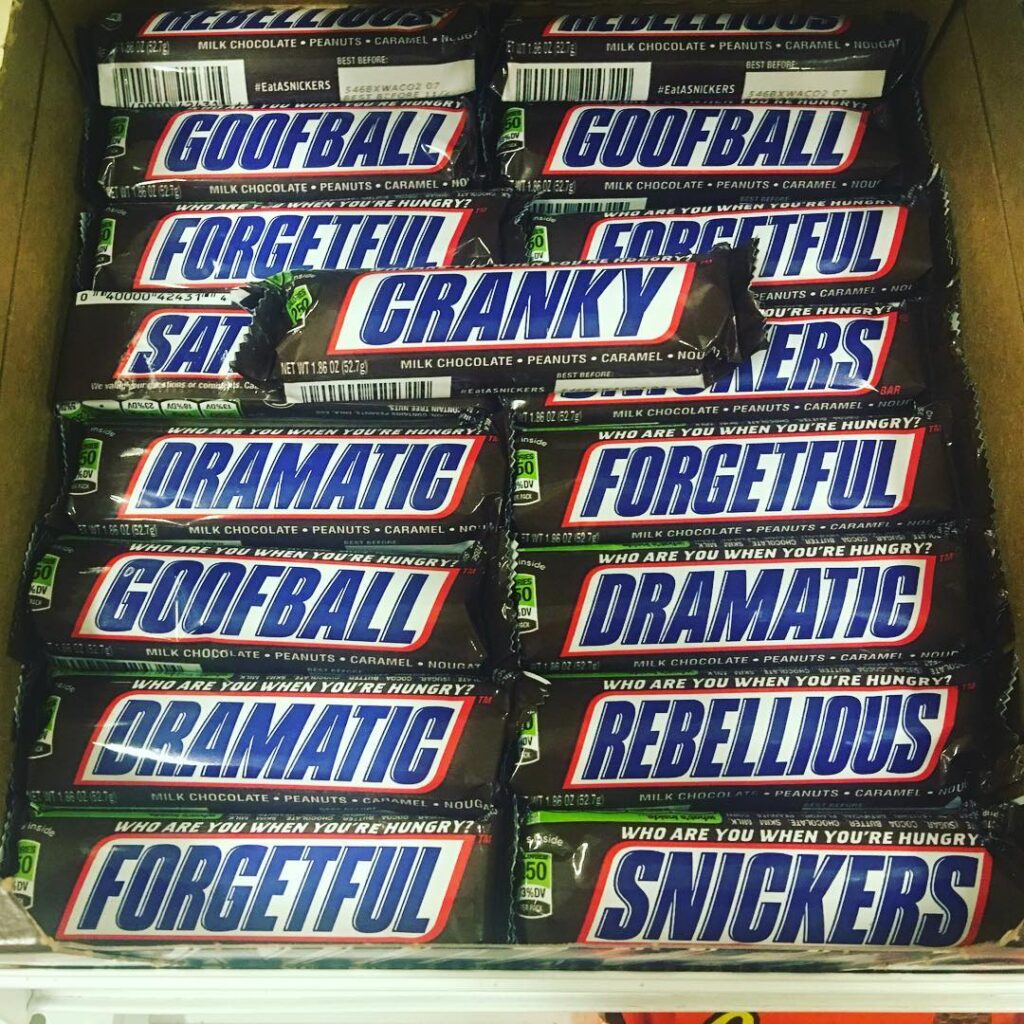
The Snickers bar was introduced by the Mars company. It was named after the favorite horse of the Mars family. Snickers were sold under the name “Marathon Bar” in the UK until the 1990s. Who would not enjoy the nutty, rich caramel flavor of candy bars? Snickers have reached enormous popularity among candy lovers. Perhaps it was because of the excellent advertising and the wide range of available options.
One of the most famous advertising slogans for Snickers was “You Are Not You When You Are Hungry”, which featured people acting differently during hunger (especially celebrities). The Mars family probably did not know when they were creating simple peanut caramel candies that one day they would become the best-selling candy on the planet Earth.
2. Chick O Stick
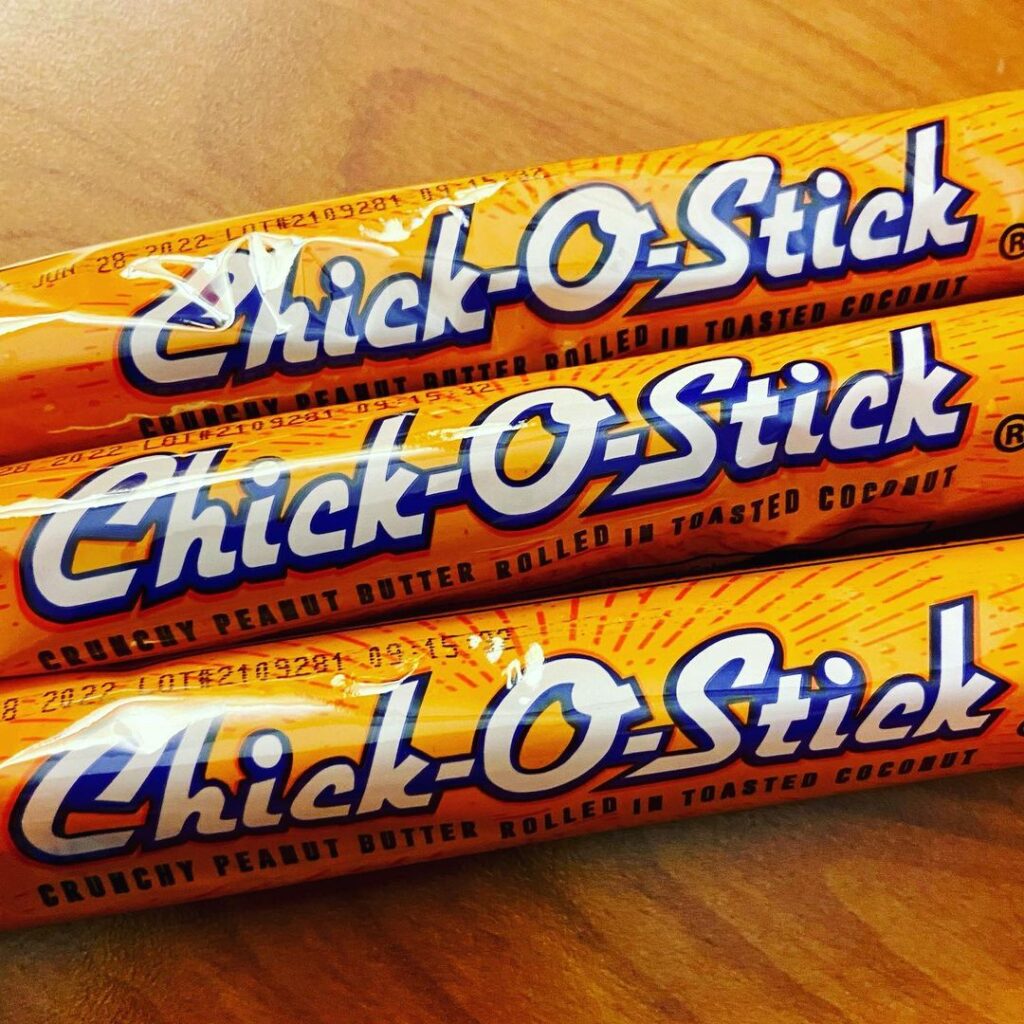
Chick O Stick is a popular candy from the 1930s that was fun to eat during that era. It is honeycomb-coated peanuts rolled in roasted coconut flakes. Introduced in 1938 by only a confectionary in Texas, The Atkinson Candy Company, Chick O Sticks became very popular among sweet teeth. (Americans really do enjoy peanut candy.)
They were first called Chicken Bones but later changed to Chick O Stick, because the old name was already taken by another company. When it first arrived in the market, it had chicken on the wrapper, so many people misunderstood that it was chicken-flavored candy. Very funny, right? (Later, the chicken was removed from the wrapper as the name changed.) The Chick O Stick was one of the most popular vegan treats too because it was dairy and gluten-free.
3. 3 Musketeers
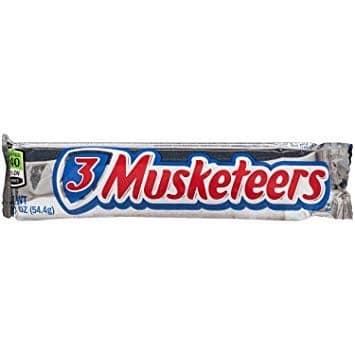
Mars, Incorporated introduced the 3 Musketeers Candy bar in 1932. It was in the box, which had three mini candy bars inside: strawberry, chocolate, and vanilla flavors. The advertisement stated that it was a candy bar so big that it could be shared with two friends. Maybe not “one for all,” but “all for one” worked better in your childhood. The company stopped producing strawberry and vanilla flavors in 1945.
The reason for stopping the production of these two flavors was the higher demand for chocolate ones. No one wanted to share a chocolate bar with a friend. There have been limited editions of 3 Musketeers candy bars, like mint, cherry, orange, etc., but chocolate is the only one we see today on the market.
4. 5th Avenue Candy Bar
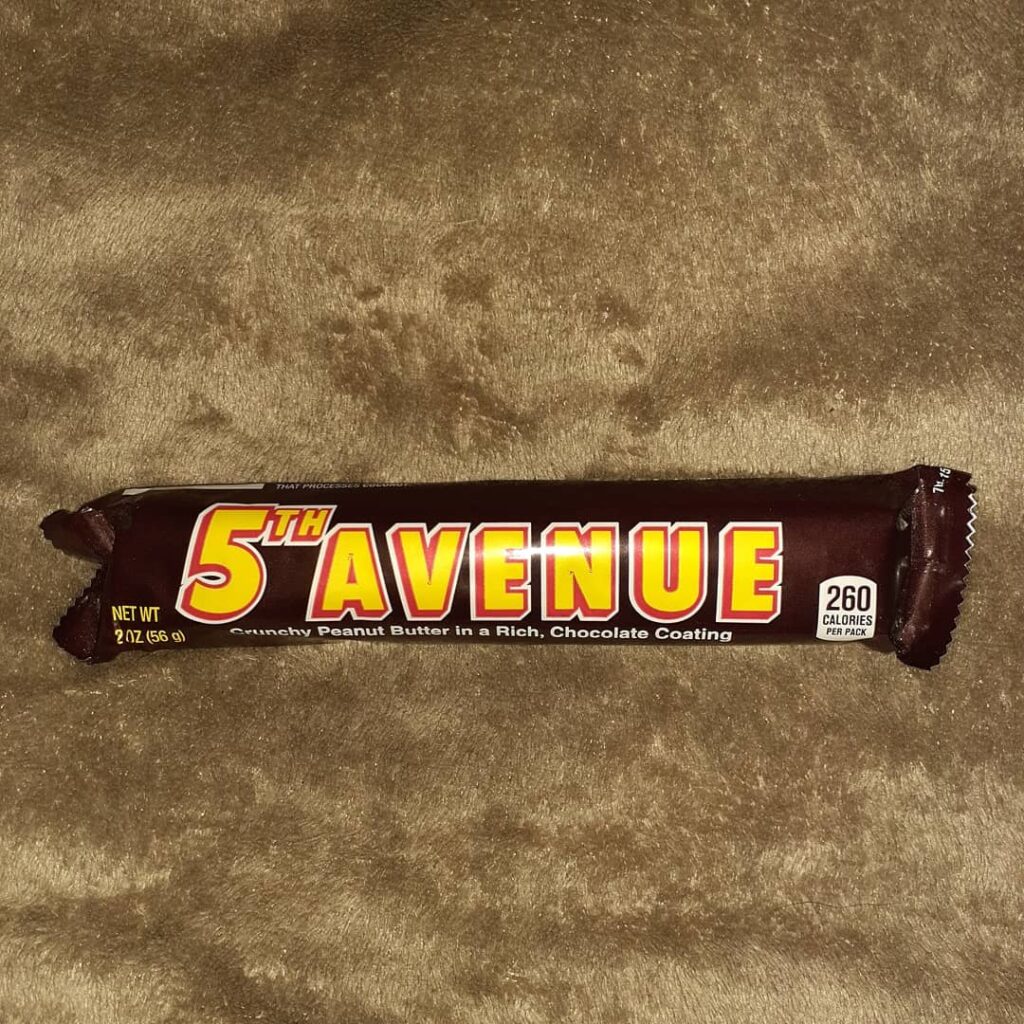
The 5th Avenue Bar was introduced in 1936 by the Hershey Company. It is crunchy peanuts coated in a chocolate cover. 5th Avenue is very similar to other peanut chocolate candy combinations, like Butterfinger and Clark Bar.
What was fashionable in that period played a big role in naming candy from the 1930s. 5th Avenue takes its name from New York’s famous street. By that time, producers hoped to be associated with fashionable 5th Avenue.
The original candy was topped with whole almonds; modern ones are not. Despite ceasing advertising in 1993, 5th Avenue Candy Bars can still be found in small retail stores.” Who seeks shall find” is appropriate for 5th Avenue candy lovers.
5. Heath Bar
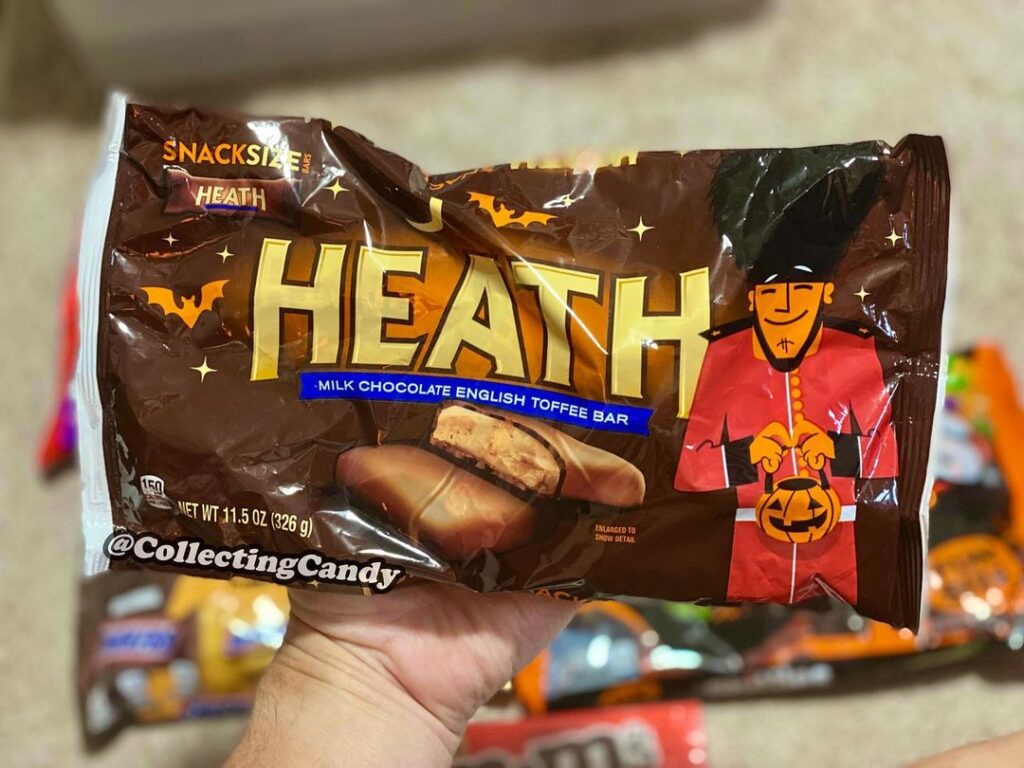
Heath Bars were initially invented before the 1930s era but were introduced internationally in 1932. It is toffee covered in a thick layer of milk chocolate. Most importantly, it was a cheap and affordable treat during the Great Depression, so people ate away their pain with a mouth-watering Heath Bar.
They were made by hand until 1942. After mechanizing part of the candy-making process, the US Army started to order large amounts of Heath Bars for soldiers. They had a long shelf life, so it was easy to include them in the soldiers’ daily ratio.
Heath Bars were not the only popular candy from the 1930s. After the depression, they became even more demanding. It was Ben & Jerry’s ice cream base when they opened their first shop. Heath bar cakes have been popular since the 1960s too.
6. Tootsie Pops
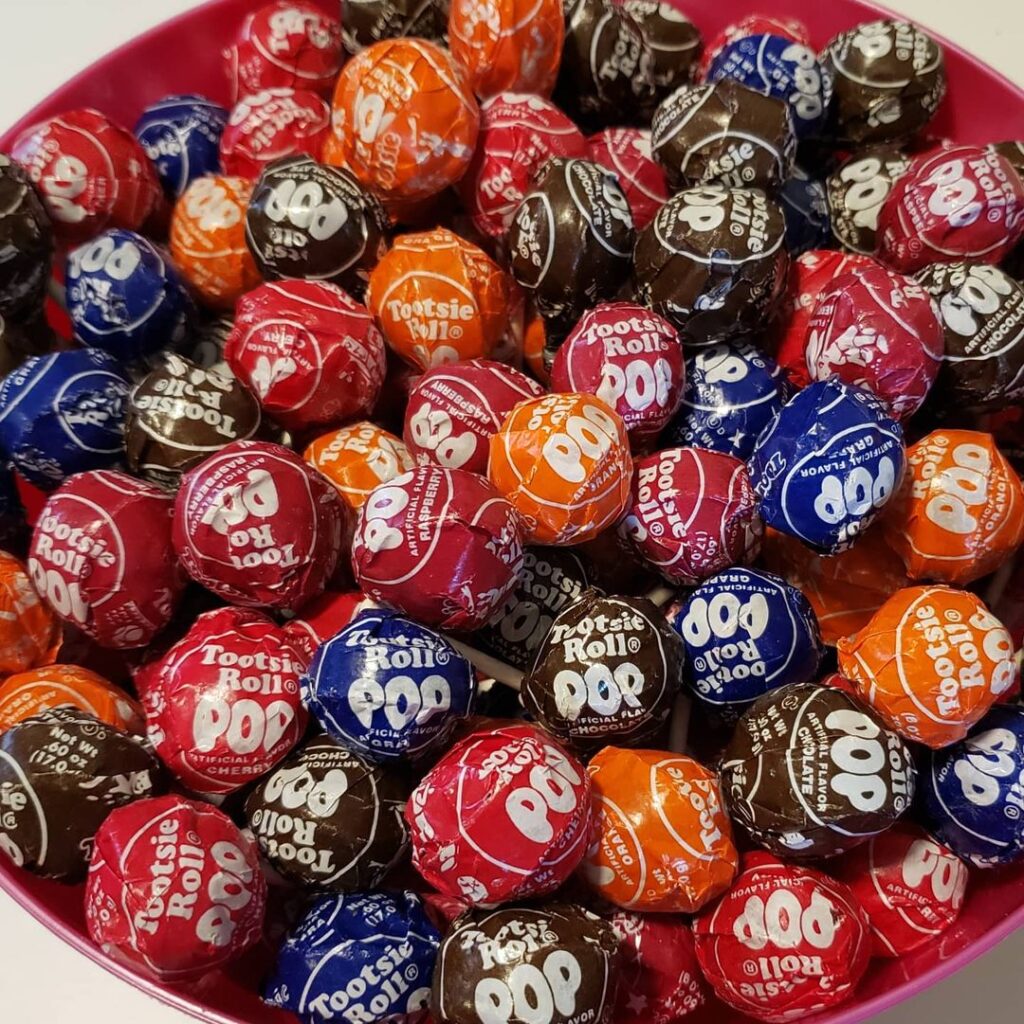
Tootsie Pops was a fun and popular candy from the 1930s, and they were the first lollipops ever created. They were introduced in 1931 by an employee of the Sweet Company of America. Later, the name of the company was changed to Tootsie Roll. The original flavors included orange, chocolate, grape, cherry, and raspberry. Which flavor of lollipops do you enjoy eating today?
Tootsie Roll Company gave tricky questions to customers. How many licks does it take to get to the center of a Tootsie Pop? Several experiments were conducted to find an answer to this question. The results range between 131 and 411 licks. But who knows really? How many licks does it take for you?
7. Zagnut
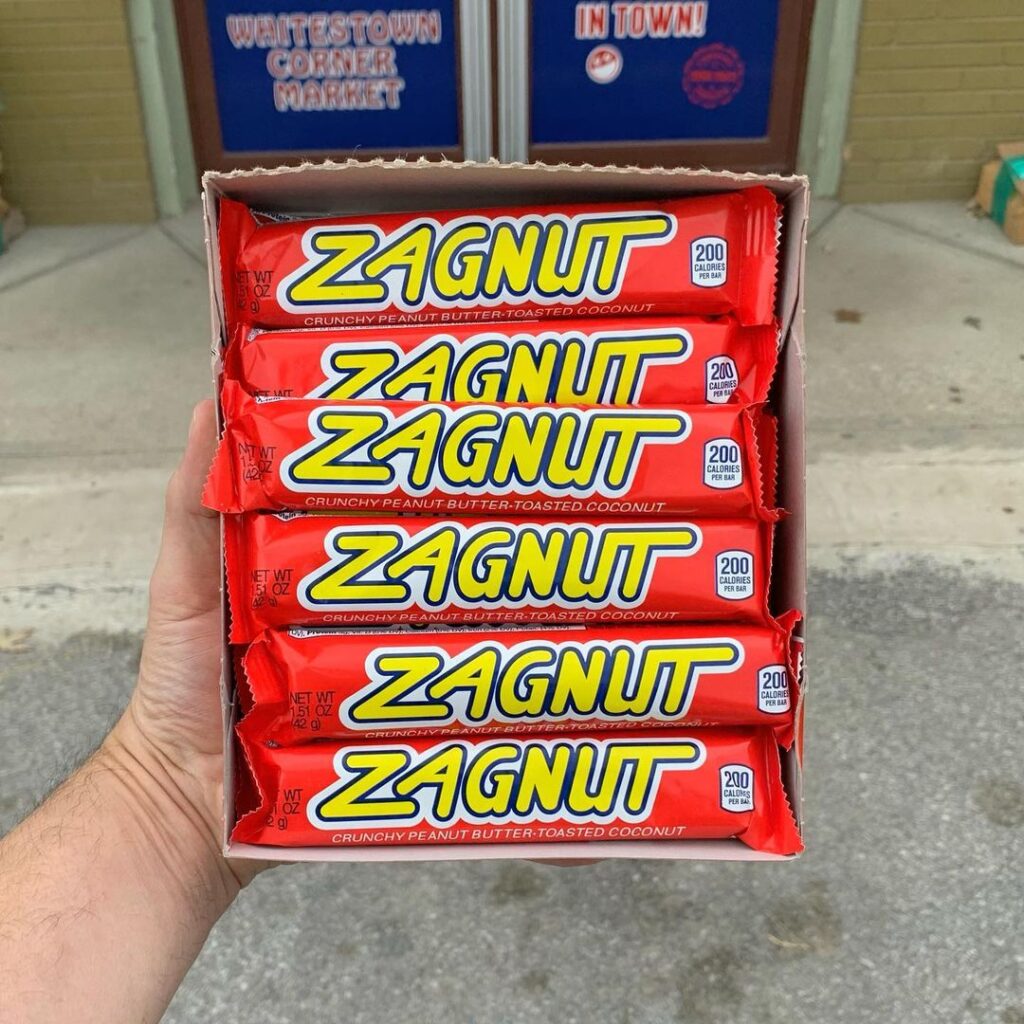
Zagnut Candy bar was introduced in 1930 by the DL Clark Company. It is coconut-coated peanuts. The “nut” part was probably named either after coconut or peanut. Today, Zagnuts are produced by the Hershey Company along with other popular candies from the 1930s like PayDay Candy Bar, Krackel, Take 5 or York Peppermint Pattie.
It was a truly unique candy from the 1930s because of the crunchy peanut center and roasted coconut coat. You can still find it in some places, but it won’t be available for a lot longer.
8. Red Hots
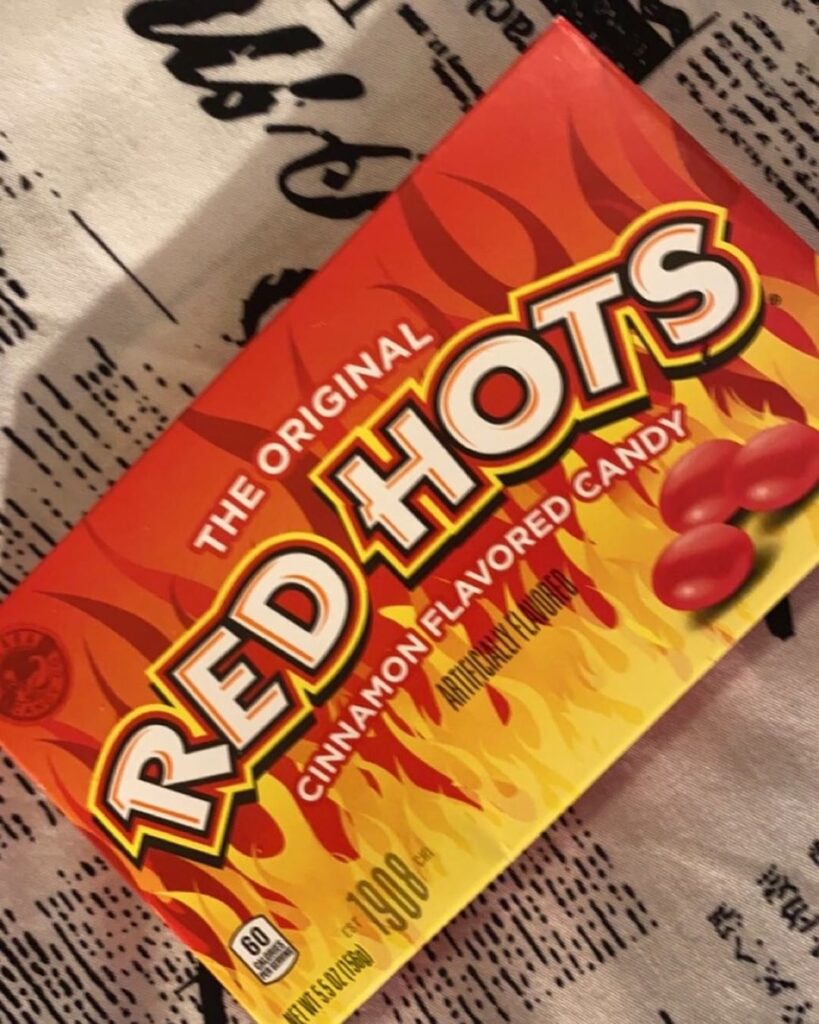
Are you a fan of spicy sweets? They are not for everybody, but some people really enjoy the cinnamon-flavored spicy Red Hot popular 1930s candy. It was first created by the Ferrera Pot Candy Company and they still continue to be the only ones that offer these small cinnamon-flavored gems as well as other treats such as Atomic Fireballs, or Now and Later Candy.
The company has been around for a while and has not changed a lot, but the Red Hots have. They were initially called Cinnamon Imperials. Maybe the Imperial part did not fit the candy name because of all the eye-watering and mouth-burning it causes when eating.
Some really spicy food lovers add Red Hots to applesauce or Jell-O to give them a spicy cinnamon flavor. And how do you like eating your Red Hots?
9. Payday Candy Bar
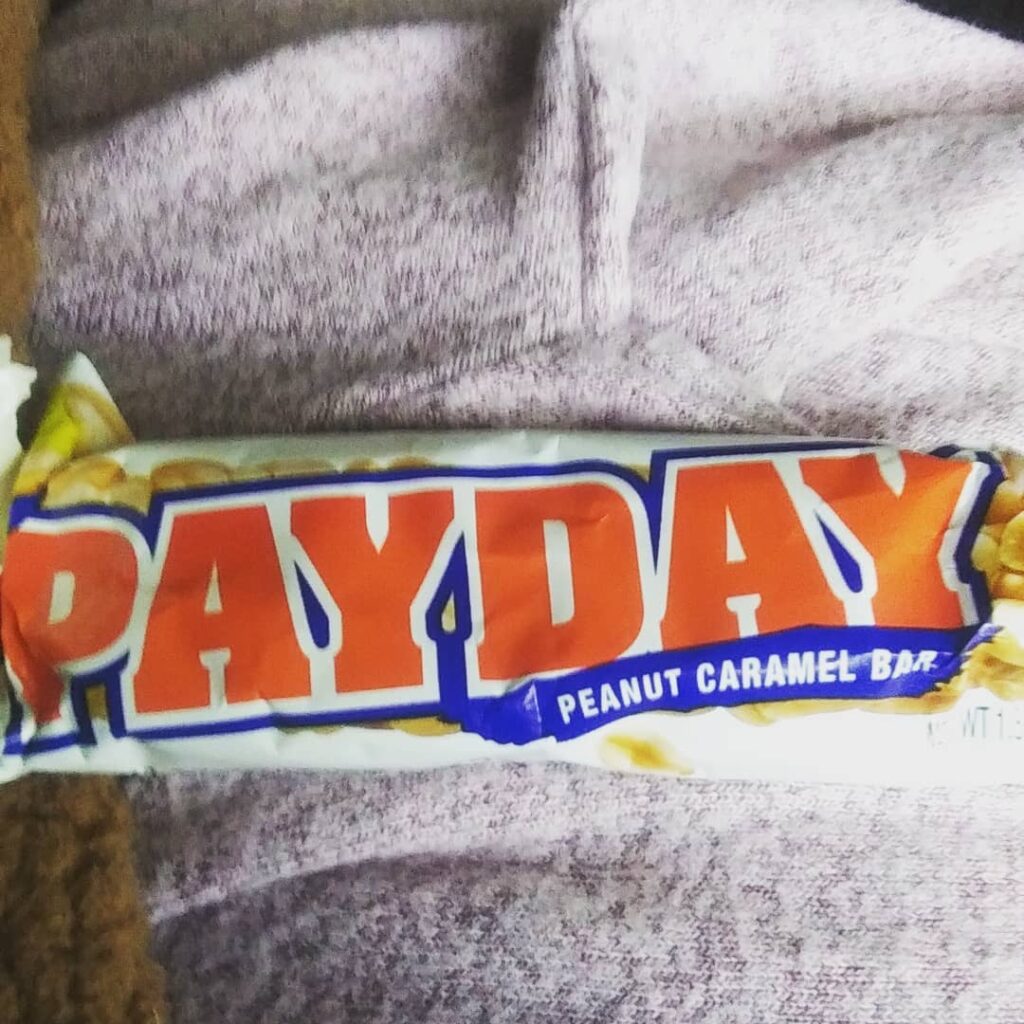
Payday would probably have provided great associations for employees during the Great Depression era. That was exactly how this 1930s candy got its name. It was created by the Hollywood Candy Company in 1932 and was named because it was produced on the company’s payday.
The Payday candy bar was created during the Great Depression as a meal replacement because it had a peanut outer layer and caramel center. Hollywood is also famous for creating the Zero Bar during the 1920s.
The company has offered customers chocolate-covered Payday bars, as well as king-size ones, which you can still find in stores today. Which payday is your favorite?
1930s Candy The Bottom Line
The Great Depression is described as the period of the greatest economic hardship, not only for America but many other parts of the world. It affected people’s lives in many ways. Food was difficult to afford. Employers had to fire employees. Everyone was going through really stressful times. As it is said, every cloud has a silver lining. Despite everything, some fields were still blooming. Hollywood stars were born, and many classic movies were created at that time. And of course, various new candy choices were offered to customers to put a little light on their dark days.
Many of your grandparents or great-grandparents might remember hard times during the Great Depression. Going to movies, watching new stars being born, eating favorite candy at the cinemas, and just sharing sweet treats with each other truly was a relieving experience during difficult times.
Candy factories indeed had, to decrease the number of expensive ingredients in their candy bars, but no matter what, 1930s candy played an extremely big role in people’s lives. They had become part of the family rations. It definitely made their dark and blurry days a little bit more sparkly and colorful. What was your grandparent’s favorite candy from the 1930s? And what’s yours from that era that we can still find on the market? Please share it with us.
Candy Era

Nato is a content writer and researcher with a background in psychology. She’s passionate about writing about the candy industry and exploring the cultural significance of sweets and treats. She believes that the stories behind our favorite snacks can reveal a great deal about our values.
Please leave a review or any memories of this snack in the comments below. Thank you!
Click here for a full A-Z list of Snacks and Candy
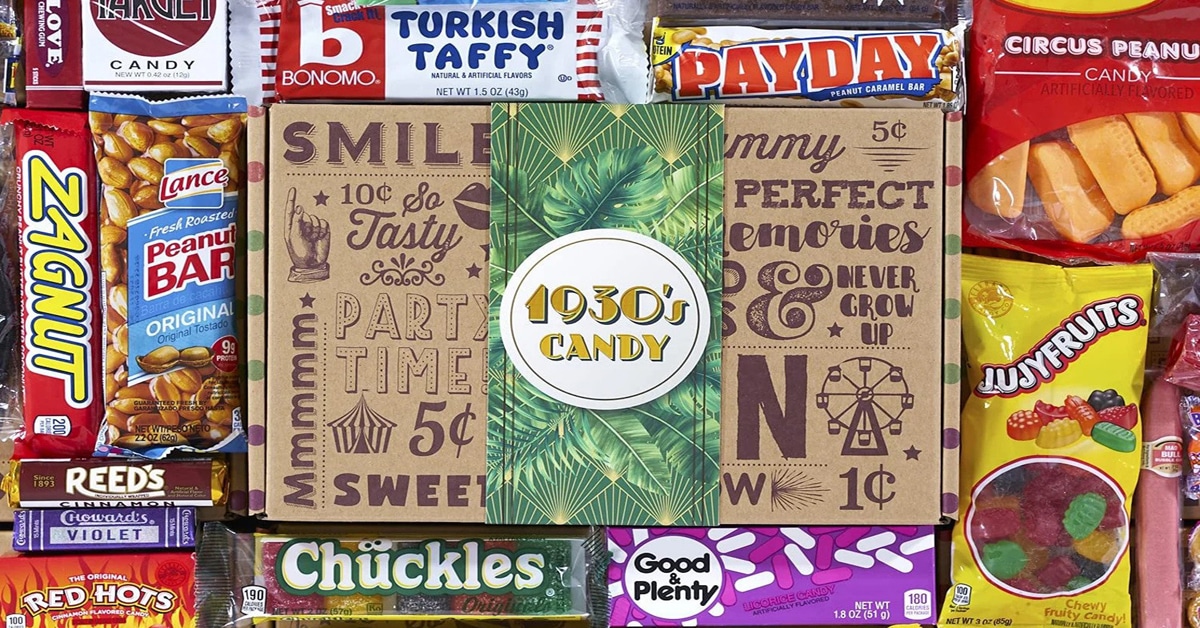
I found this article very interesting, and educational.